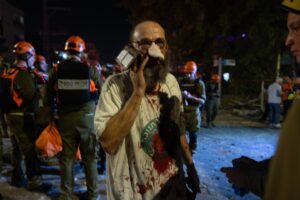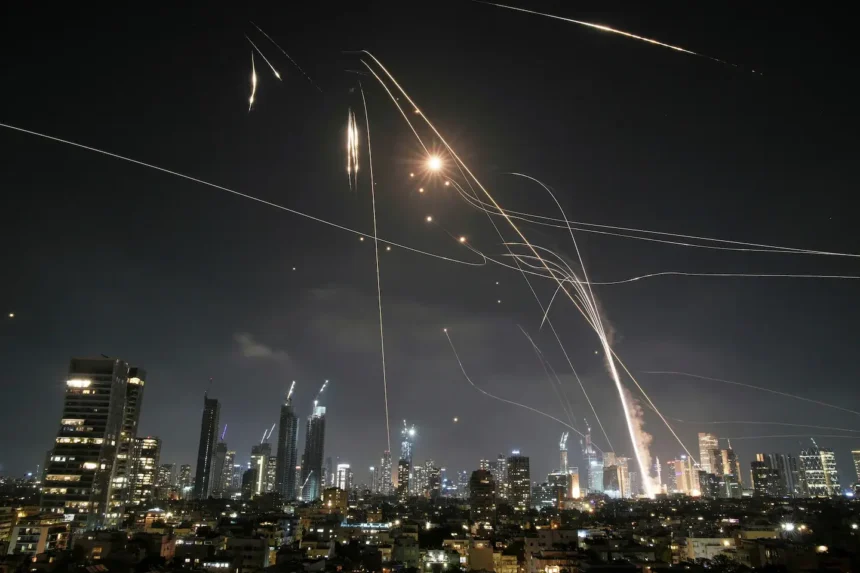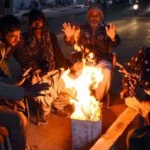Iran launched a barrage of ballistic missiles at Isr@el late Friday, retaliating against deadly Isr@eli airstrikes that killed several high-ranking Iranian commanders and nuclear scientists and damaged a major uranium enrichment facility.
Iran’s Supreme Leader, Ayatollah Ali Khamenei, confirmed the counteroffensive in a televised address. “We will not allow them to get away with this great crime,” he said. “The Armed Forces of the Islamic Republic will deal heavy blows to this enemy.”
According to the Isr@el Defense Forces (IDF), most of the missiles were intercepted or fell short, but at least one struck near central Tel Aviv, close to a key military installation. Emergency services confirmed at least 40 injuries from the strikes.

Isr@el’s Defense Minister, Yoav Gallant, condemned the attack: “Iran has crossed a red line by firing missiles at civilian areas. We will respond decisively to ensure the regime in Tehran pays a heavy price.”
Civilians and Commanders Targeted
In Tehran, Isr@eli airstrikes earlier in the day leveled entire apartment blocks. At least 78 people were killed, including four top Iranian generals: Maj. Gen. Hossein Salami, Brig. Gen. Amir Ali Hajizadeh, Maj. Gen. Mohammad Bagheri, and Maj. Gen. Gholam Ali Rashid.
“These were not restrained strikes,” said Nicole Grajewski, a nuclear policy expert at the Carnegie Endowment. “The attacks hit residential zones and the heart of Tehran.”
Tehran has vowed further retaliation. “There are no limits left,” said Ali Larijani, senior adviser to the Supreme Leader. “The hand of divine vengeance will strike the brutal terrorist regime and its allies.”
Regional Tensions Escalate
The missile exchange comes amid growing hostilities since Isr@el’s attack on the Iranian consulate in Damascus and the assassination of Hamas leader Ismail Haniyeh in Tehran. Friday’s retaliation marked the second time in under a year that Iran launched direct missile strikes on Isr@el.
With Hezbollah’s forces diminished in Lebanon and Iran’s influence in Syria weakened, Tehran’s strategic options appear limited. Still, U.S. officials said Iran could expand its targets if it finds evidence of U.S. involvement in the Isr@eli strikes.
U.S. Military Presence Adjusted
The U.S. military scaled back its regional presence in anticipation of escalation. However, U.S.-operated THAAD and Patriot batteries assisted in intercepting incoming missiles. American support this time remained limited compared to the previous year.
Nuclear Sites Hit, Global Concerns Rise
Isr@el reportedly targeted Iran’s Natanz and Fordow enrichment sites, and a facility in Isfahan. The IAEA confirmed contamination at Natanz. Iran had been scheduled to hold nuclear deal talks with the U.S. on Sunday in Oman, but the future of diplomacy now hangs in the balance.
Former U.S. President Donald Trump, who returned to office this year, warned of a looming “massive conflict,” urging Iran to return to negotiations. “There is still time to end the slaughter,” he said in a Truth Social post.
Meanwhile, Iranian citizens, especially in Tehran, began bracing for further strikes, forming long queues for fuel and emergency supplies as air raid sirens echoed into the early morning.














